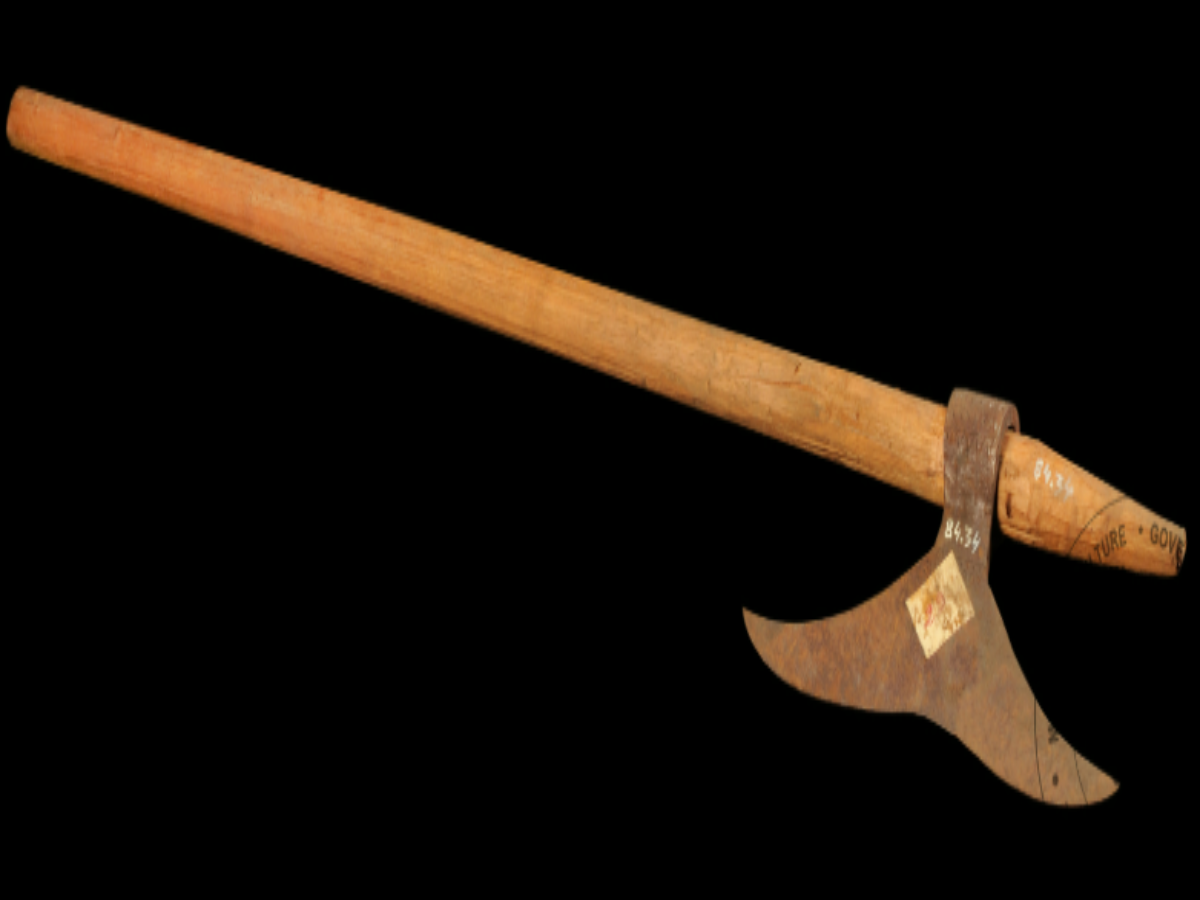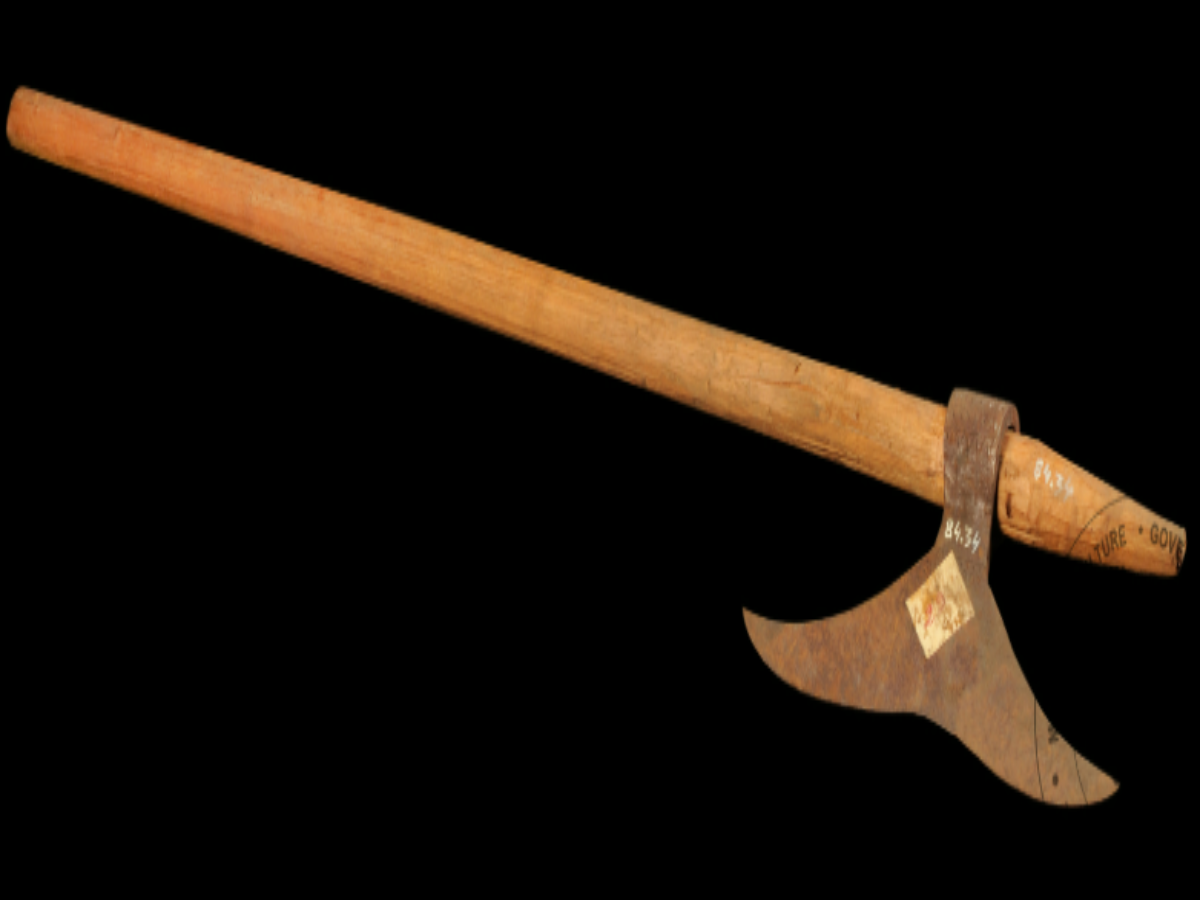State
Tribe Name
Art Type
short description
The Tangi Aka is an ancestral axe used by the Gadaba tribe, which inhabits the tribal belts of Odisha and Andhra Pradesh, becoming the first bearers of legacy in iron. The feeling of having been born and grown-up with the woods and nature has led the Gadabas to shape a life wherein they would themselves make tools for agricultural work, domestic needs, and even hunting. The Tangi Aka is a great example of their traditional art of metalwork and woodcraft.
Thumbnail

Filter Postion
Left
Filter Background
Off
Theme
Filter Header Image

content
Image

description
The Tangi Aka is an ancestral axe used by the Gadaba tribe, which inhabits the tribal belts of Odisha and Andhra Pradesh, becoming the first bearers of legacy in iron. The feeling of having been born and grown-up with the woods and nature has led the Gadabas to shape a life wherein they would themselves make tools for agricultural work, domestic needs, and even hunting. The Tangi Aka is a great example of their traditional art of metalwork and woodcraft.
The axe, composed of two parts: a forged iron blade and cylindrical wooden handle. The blade itself has a sharp working edge on one end for chopping and cutting wood and clearing paths through the forests, while the other end opposite the blade has a ferrule attached: a metal band that supports the attachment point and thus added durability and strength. Interestingly, both blade and ferrule are adorned with engraved motifs, probably so they could have been for decorative and symbolic purposes as well, speaking out the aesthetics and culture of the tribe The wood handle carved to give their utility is where the upper end tapers to fit snugly into the ferrule holding the blade tightly secure. The bottom of the handle is circular and flat to afford a firm grip and balance while using the tool. Although modern tools have become more available, traditional ones, like the Tangi Aka, are still regarded highly among the Gadabas for their importance to rituals, cultural events, and markers of identity. Preserved and displayed in institutions such as the Indian Museum, Kolkata, the Artefacts are markers of their cultural and historical value.
The axe, composed of two parts: a forged iron blade and cylindrical wooden handle. The blade itself has a sharp working edge on one end for chopping and cutting wood and clearing paths through the forests, while the other end opposite the blade has a ferrule attached: a metal band that supports the attachment point and thus added durability and strength. Interestingly, both blade and ferrule are adorned with engraved motifs, probably so they could have been for decorative and symbolic purposes as well, speaking out the aesthetics and culture of the tribe The wood handle carved to give their utility is where the upper end tapers to fit snugly into the ferrule holding the blade tightly secure. The bottom of the handle is circular and flat to afford a firm grip and balance while using the tool. Although modern tools have become more available, traditional ones, like the Tangi Aka, are still regarded highly among the Gadabas for their importance to rituals, cultural events, and markers of identity. Preserved and displayed in institutions such as the Indian Museum, Kolkata, the Artefacts are markers of their cultural and historical value.
Image Mode
landscape
promoted
On
Verified
Off
